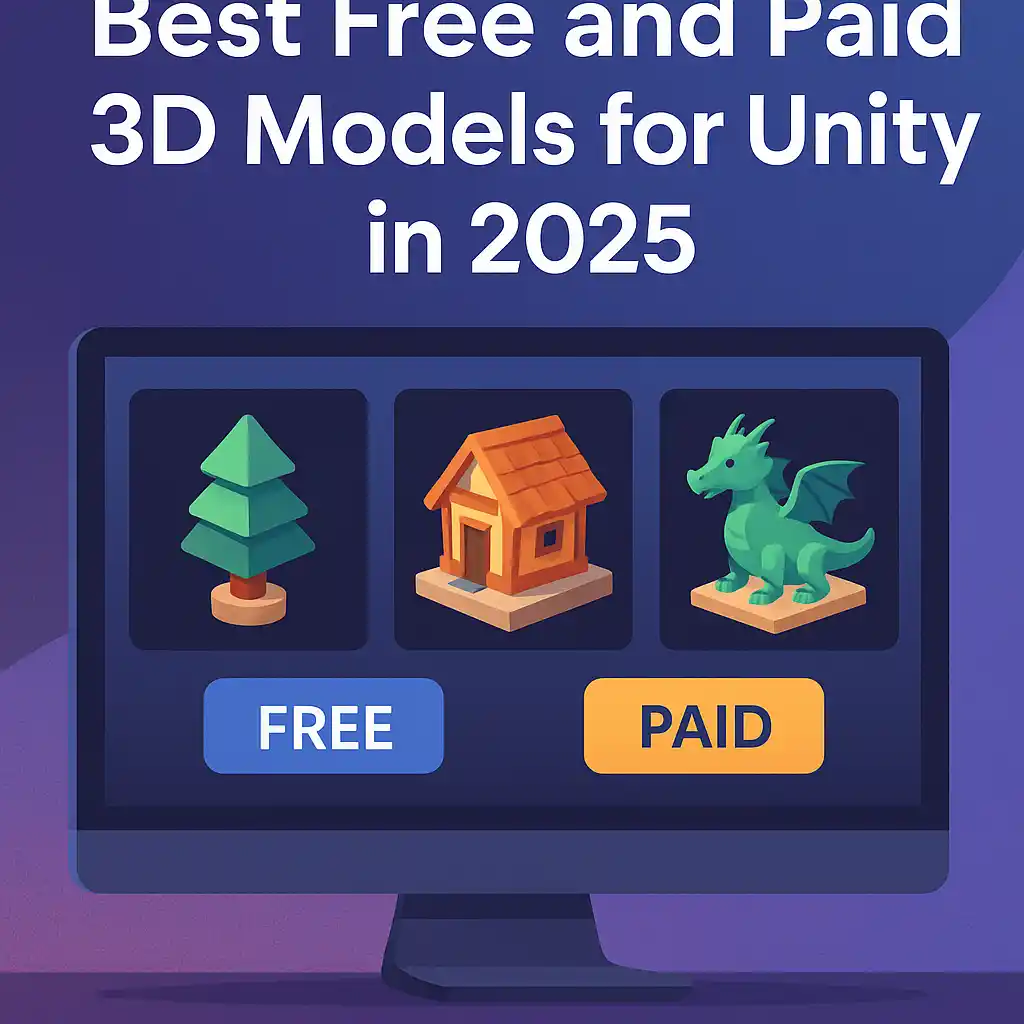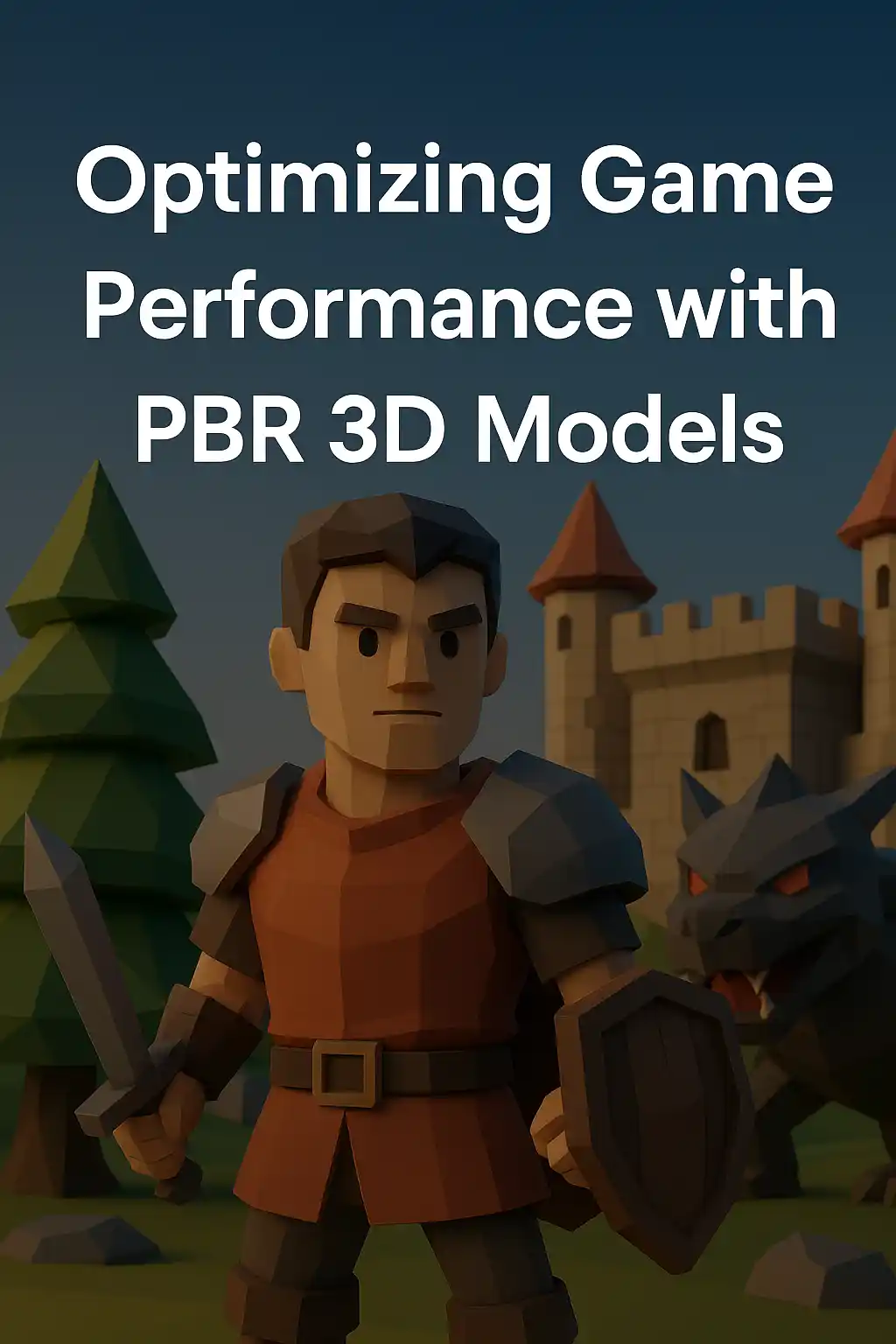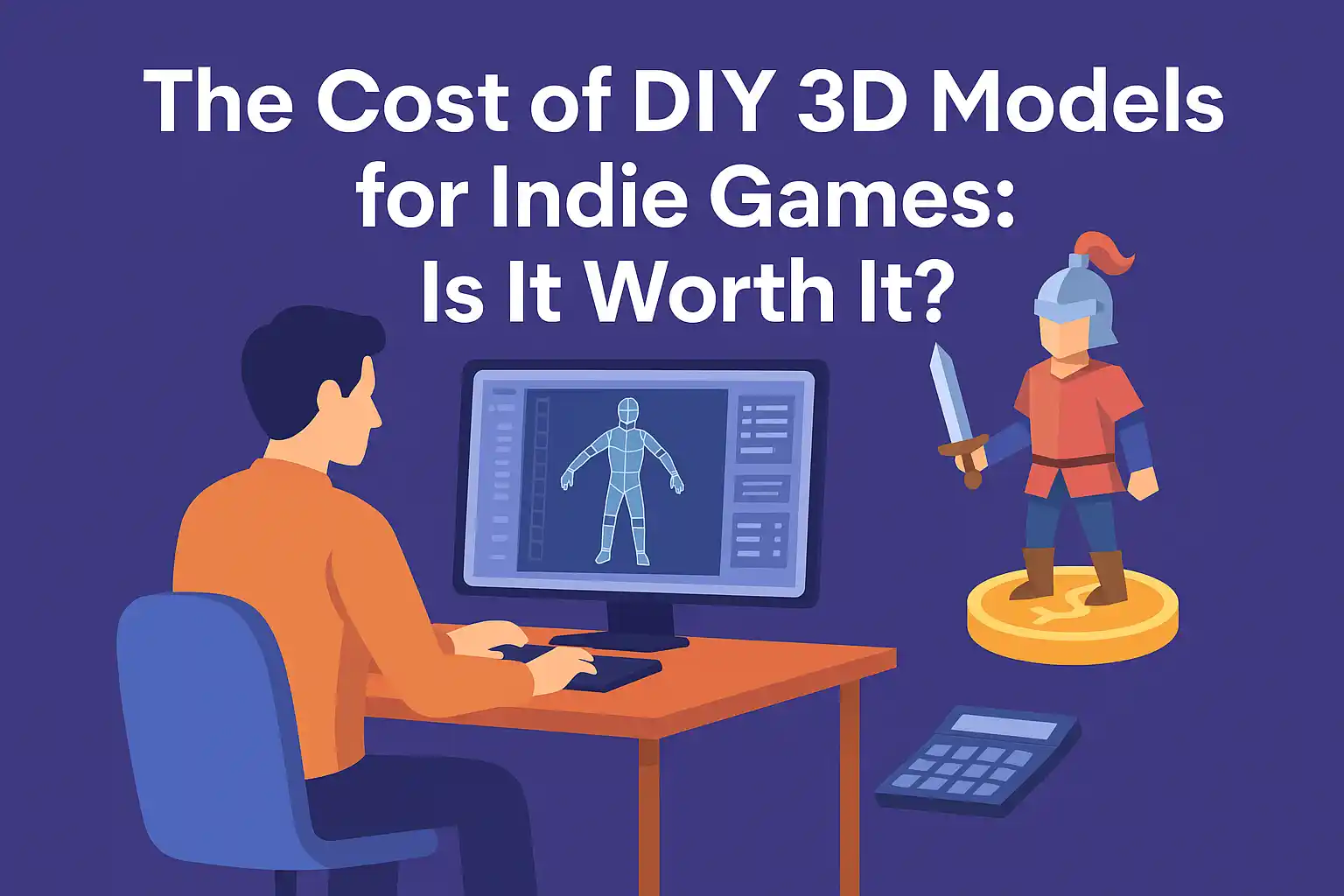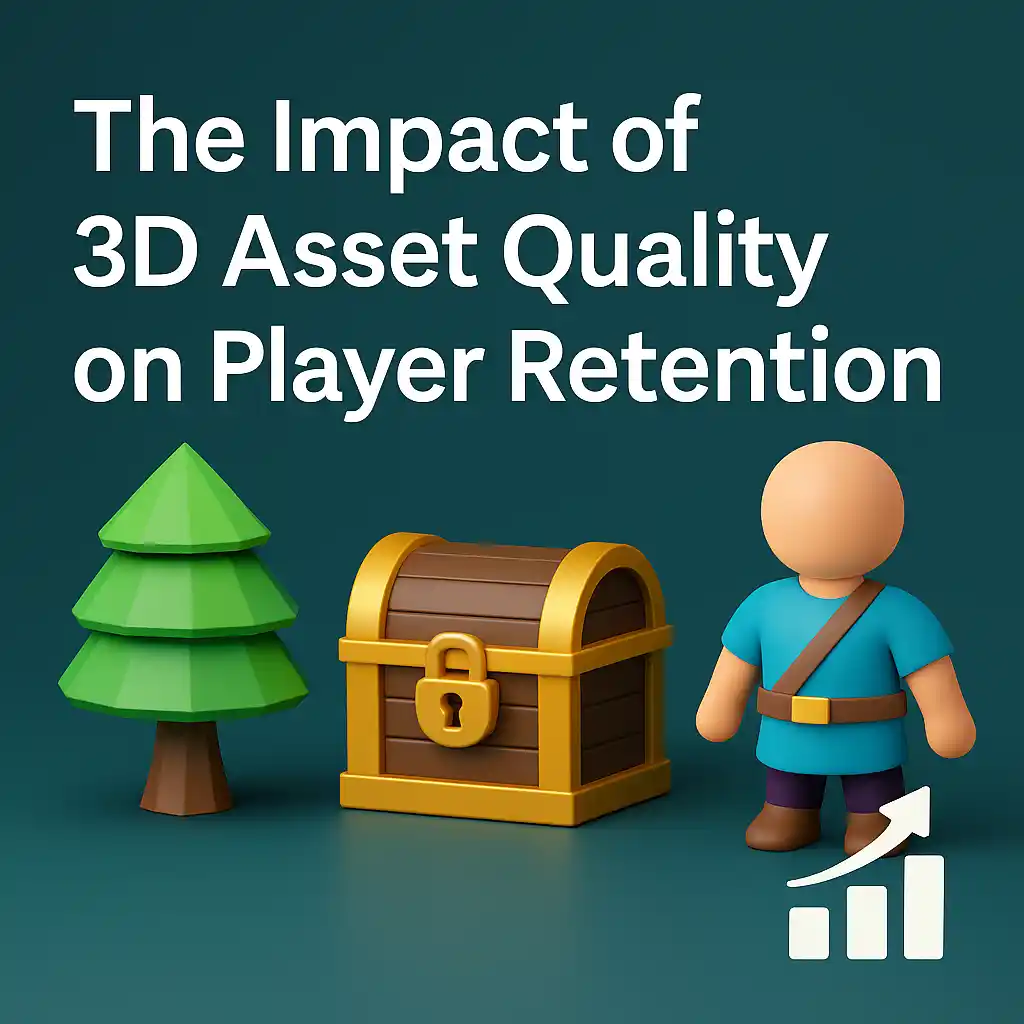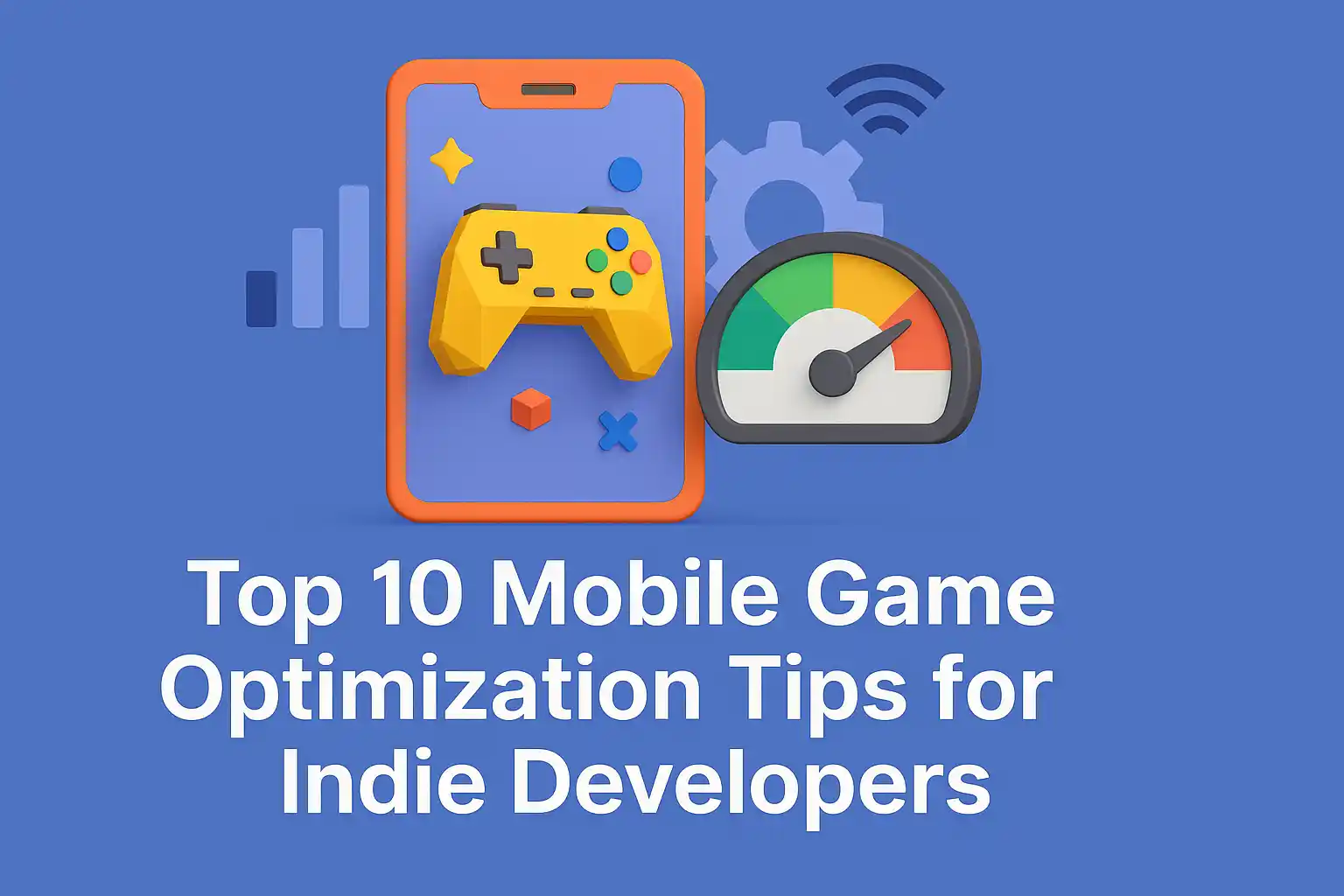In modern game development, graphics are more than eye candy. They directly affect player engagement and retention. One of the most important tools developers use today is PBR 3D models. These models allow games to look realistic while running smoothly on multiple devices. Optimizing performance while maintaining visual fidelity is a critical challenge, and PBR workflows provide an elegant solution.
What Are PBR 3D Models?
PBR stands for Physically Based Rendering. It’s a technique that mimics real-world lighting. In PBR, textures and materials respond to light just like in reality. Metal looks shiny, wood absorbs light, and stone has roughness.
Using PBR 3D models ensures consistency across platforms. A model looks correct whether it is on a mobile screen or a high-end PC monitor. This is because PBR relies on universal physical principles rather than guesswork.
Why Game Performance Depends on 3D Models
The choice of 3D assets affects more than appearance. It also affects frame rates, loading times, and memory usage.
High-poly models with non-optimized textures can slow a game down. Players notice lag, stuttering, and long load screens. Even small delays can reduce player retention by up to 20% in the first week (Sensor Tower 2023).
By using PBR 3D models, developers can maintain realism without overloading the graphics engine. Properly optimized models reduce memory use and draw calls. This ensures smoother gameplay and better experiences on low-end devices.
Key Principles for Optimizing PBR Models
1. Reduce Polygon Count Without Losing Detail
Polygons define the shape of a model. More polygons mean more detail but heavier load. Developers often use baking techniques. They bake high-poly details into normal maps. The result: a model that looks detailed but is lightweight.
2. Use Texture Compression
Textures take a lot of memory. PBR models often use albedo, roughness, metallic, and normal maps. Compressing these textures reduces memory usage without noticeable quality loss.
3. Level of Detail (LOD)
LOD allows a model to change complexity based on distance. A nearby character uses a high-detail model. A far-off object uses a low-poly version. This reduces GPU load and keeps frame rates stable.
4. Efficient UV Mapping
UV mapping tells the engine how to apply textures. Clean UVs reduce wasted pixels and minimize texture seams. Proper UV layouts can improve both performance and visual fidelity.
How PBR Models Improve Realism
PBR models are not just about performance. They enhance immersion.
- Lighting Interactions: Materials react realistically to shadows and light intensity.
- Consistency: A metallic surface looks like metal in all lighting conditions.
- Better Reflection: Reflective surfaces, like water or mirrors, behave naturally.
Games using PBR consistently receive higher player ratings. For example, AAA mobile titles integrating PBR assets maintain a 4.5+ rating on average (App Annie 2023).
Tools for Creating PBR 3D Models
Several software options allow developers to create high-quality PBR assets efficiently:
- Blender: Free and versatile for modeling, texturing, and baking PBR maps.
- Substance Painter: Industry standard for painting PBR textures directly on models.
- 3ds Max & Maya: Advanced tools for animation and high-poly modeling.
However, creating everything from scratch can be time-consuming. That’s where pre-made assets become valuable.
Animatics Assets Store:
Finding optimized PBR assets can save hours of work. Animatics Assets Store offers a curated library of free, ready-to-use 3D models. These assets are optimized for performance and fully compatible with mobile and PC games.
Developers can integrate these models directly into projects, which accelerates production. It’s especially useful for indie developers or small studios that lack large art teams. With Animatics Assets Store, developers can focus on gameplay rather than asset creation.
Real-World Example: Mobile Game Optimization
Consider a racing game targeting mid-range phones. Using high-poly, non-PBR models caused frame rates to drop below 20 fps. Switching to optimized PBR 3D models improved frame rates to 60 fps on the same devices.
Memory usage also dropped by 30%, allowing larger maps and more interactive objects. Players reported smoother controls and more immersive visuals. This demonstrates how proper PBR integration balances performance and quality.
Best Practices for Using PBR Models
- Plan Ahead: Decide which assets need high detail and which can be low-poly.
- Bake Wisely: Use normal maps to capture high-poly detail on low-poly meshes.
- Optimize Textures: Compress textures and use atlas maps where possible.
- Test on Devices: Always benchmark performance on target hardware.
- Reuse Assets: Use libraries like Animatics to reduce development time.
Following these steps ensures PBR models enhance both aesthetics and performance.
The Future of PBR in Gaming
By 2025, most mobile and console games will rely heavily on PBR 3D models. Developers are experimenting with real-time ray tracing, dynamic weather effects, and AI-driven material adaptation.
Cloud-based streaming will also allow devices with lower hardware capabilities to run visually demanding games without lag. PBR models will be central to these advancements.
As mobile GPUs improve, games can use higher-resolution PBR textures without sacrificing performance. This means more realistic environments, dynamic lighting, and lifelike characters in the palm of your hand.
Conclusion
Optimizing game performance requires smart use of PBR 3D models. These models provide realism while keeping games playable on a wide range of devices. Developers benefit from faster development, improved player experience, and smoother gameplay.
Pre-made, optimized assets from resources like Animatics Assets Store help developers achieve these goals quickly. By combining efficiency and quality, PBR models are shaping the future of mobile and PC games.
The takeaway: beautiful, realistic visuals do not have to compromise performance. Smart modeling, texture optimization, and strategic use of assets create games that are both immersive and smooth.


